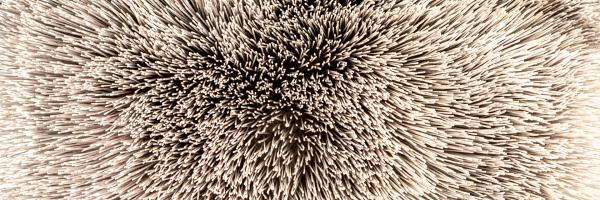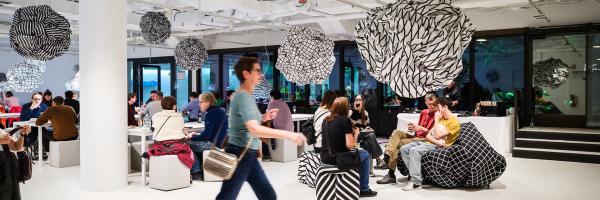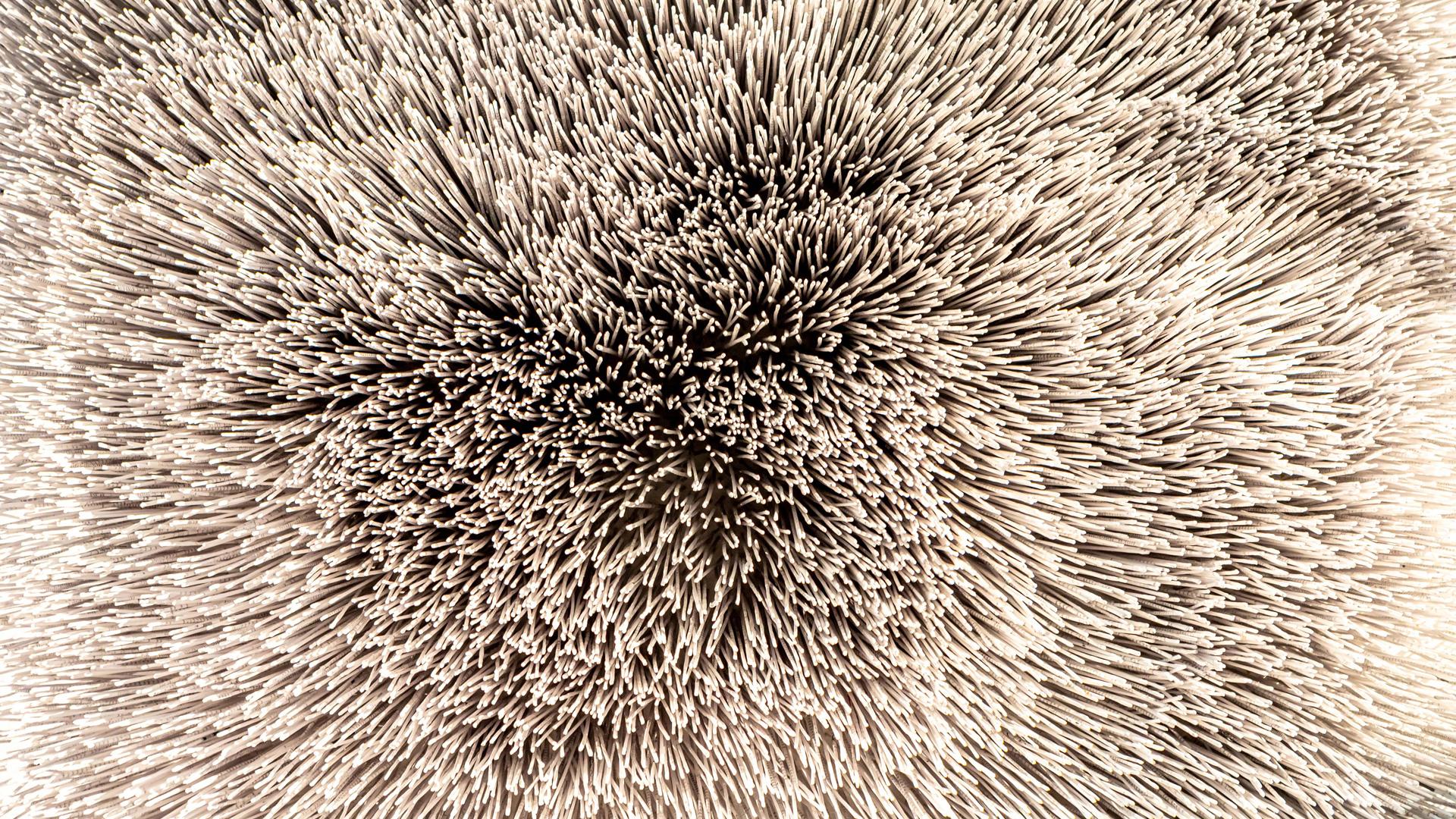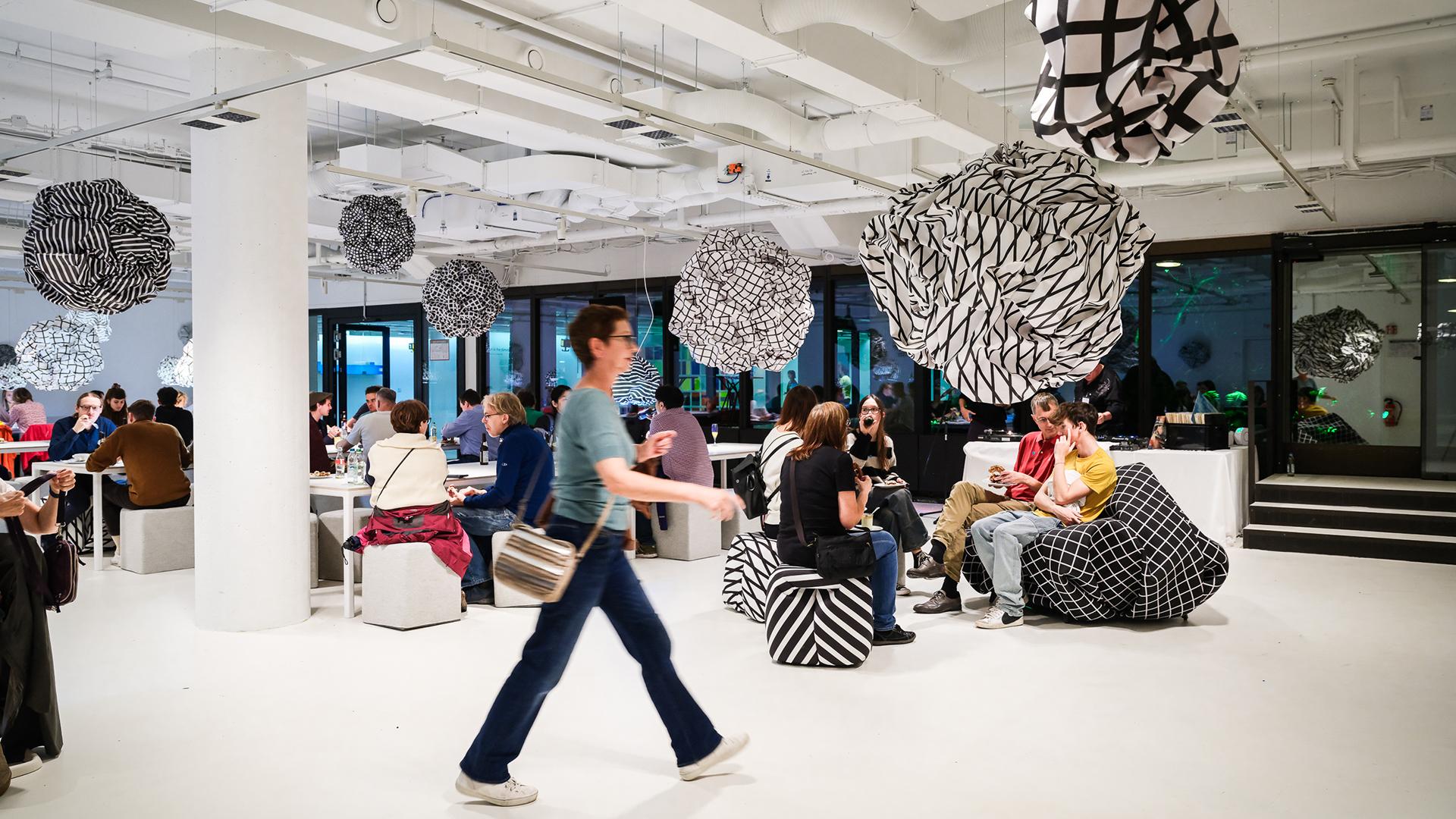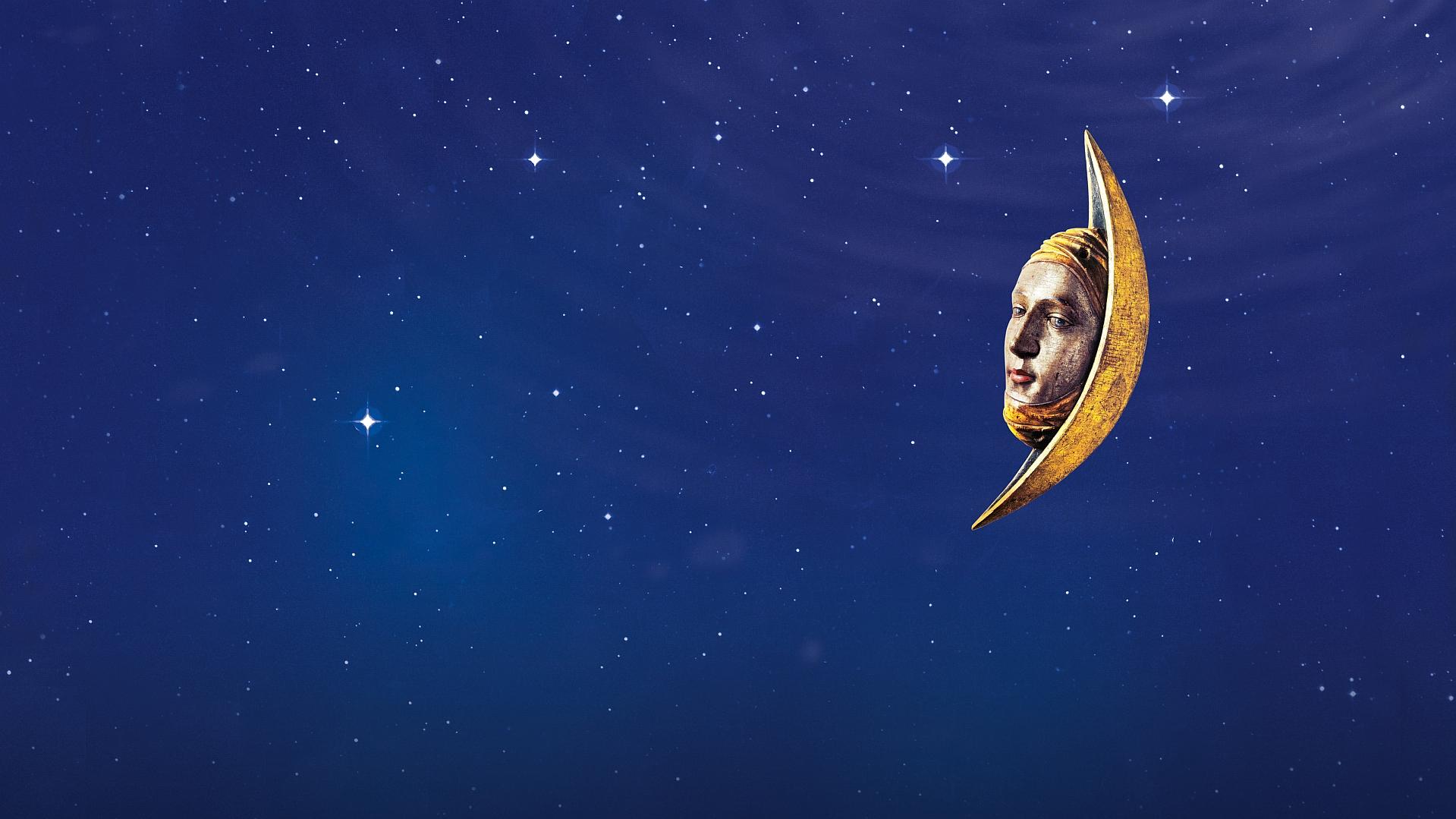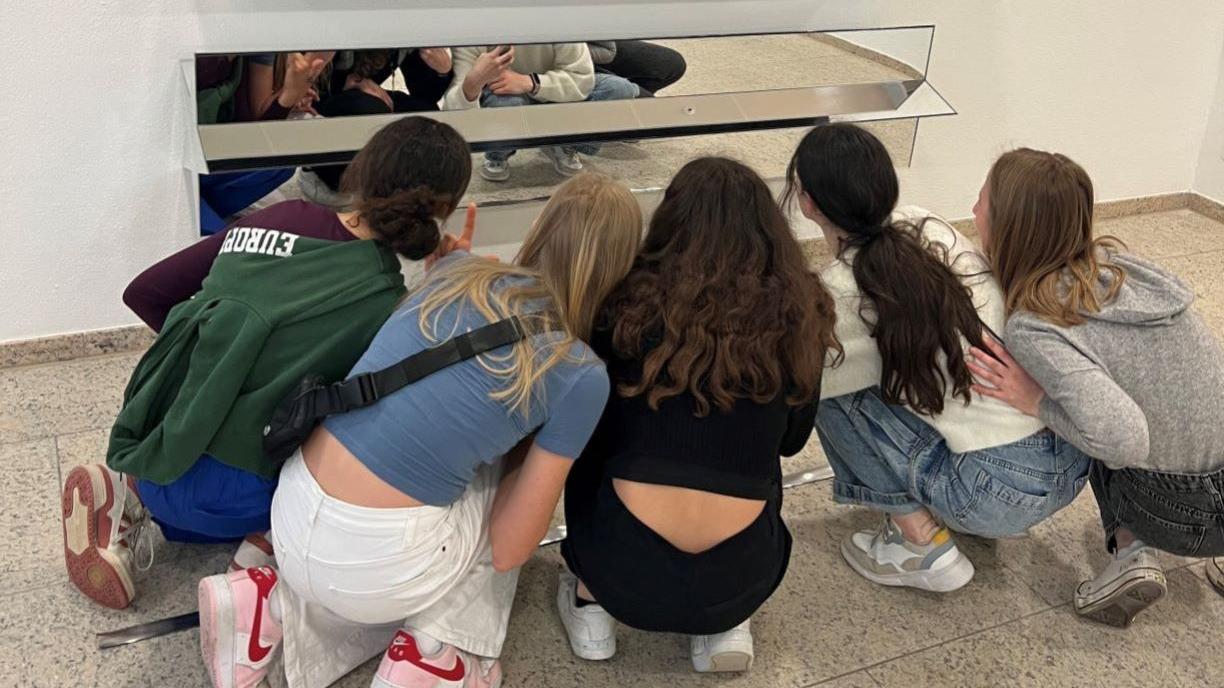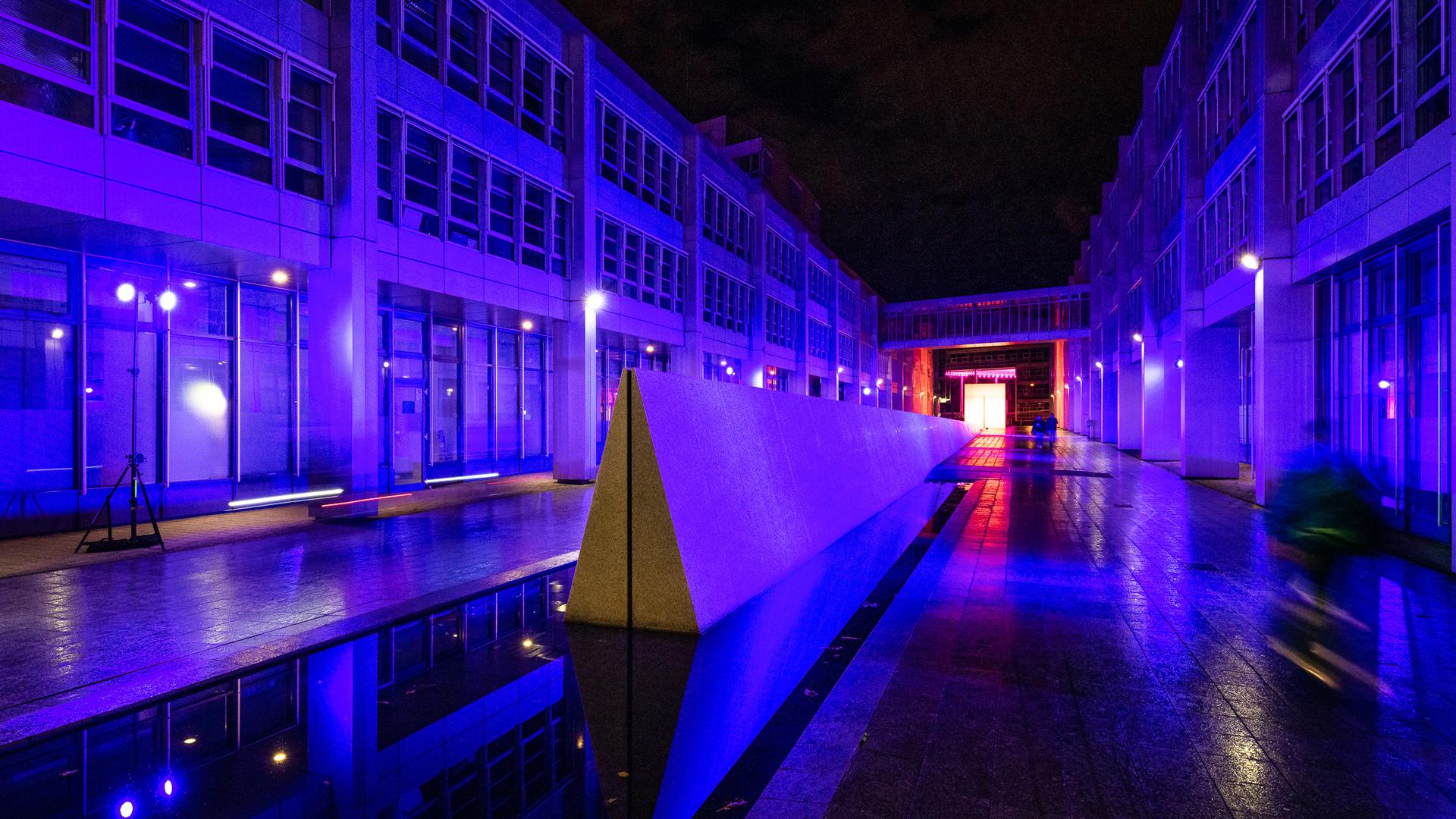Let's talk about art
Latest news
All news
Four new EPO artworks explore collaborative innovation, digital transformation and sustainability
Art tours and a new Culture Space in the EPO’s main building on the Isar
Ein attraktives Erlebnis für die Besucher der Münchner „Langen Nacht“.
A highly successful Girl's Day at the European Patent Office concluded with a lively tour of the works from the EPO art collection in PschorrHöfe 8.
During the Long Night of Museums in Munich on 15 October 2022, the European Patent Office offered guided tours of its art collection.
Two art works have been commissioned for the permanent art collection of the European Patent Office (EPO).
As part of the Study Visit to the EPO, Kristine Schönert (Cultural affairs officer, EPO) spoke about the EPO art collection.
Art and innovation meet sustainability in a new thought-provoking book that also features several outstanding works from the EPO art collection.
Ever wanted to escape the crowds and discover some of Munich's less travelled but no less impressive cultural pathways?
Presentation of the film “Exploring Art at the European Patent Office” & night tours on art in the public space around the EPO.
